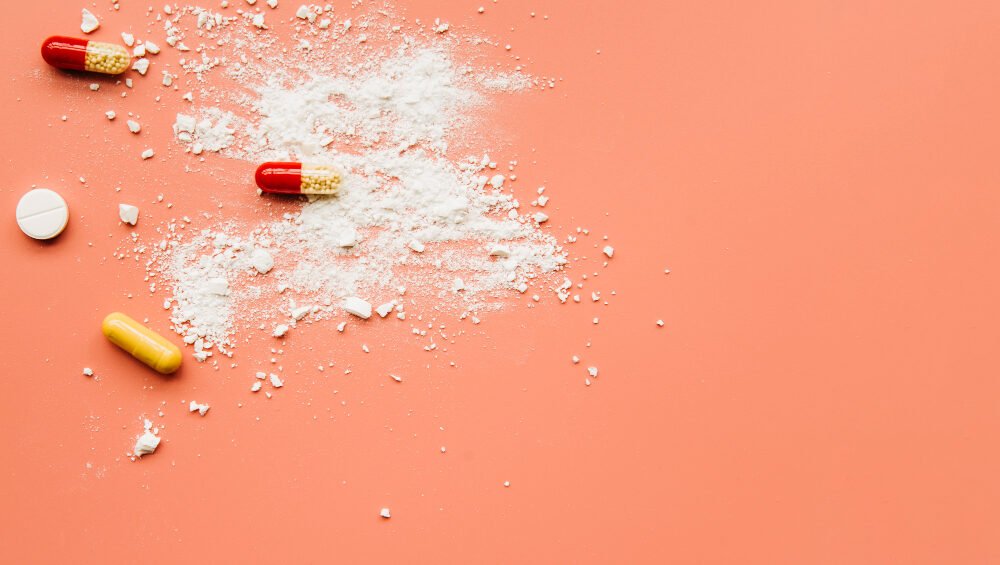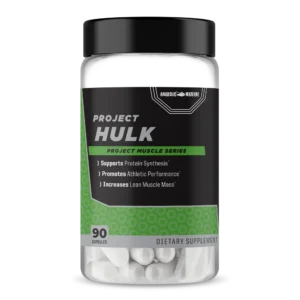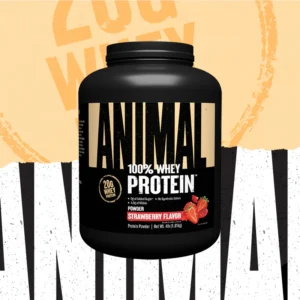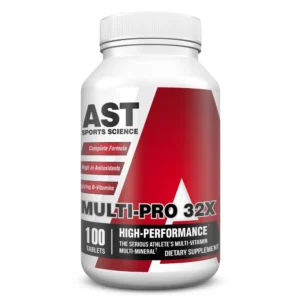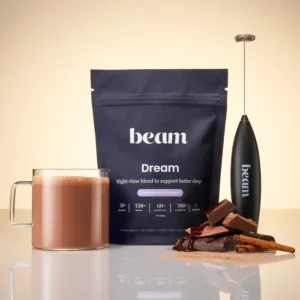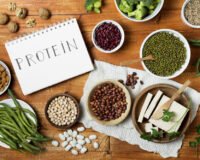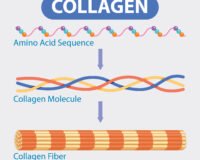How L-Glutamine Supports Muscle Recovery
How L-Glutamine Supports Muscle Recovery. What’s up, team? Coach Mike here. You’ve seen me pacing the floor at Iron Legacy Gym, correcting form, pushing you through that last brutal set, and probably yelling something about “digging deep.” You put in the work—the heavy squats, the grueling HIIT sessions, the relentless push-ups. You understand that growth happens when you challenge your muscles beyond their current capacity. But here’s a truth I don’t shout enough: Your workout is only the stimulus. The real magic happens during recovery.
That’s where you build the muscle. That’s where you get stronger. And if you’re not optimizing your recovery, you’re leaving gains on the table. Period.
Today, we’re diving deep into one of the most crucial, yet often misunderstood, players in the recovery game: L-Glutamine. You’ve probably seen it on the supplement shelf, tucked between the giant tubs of protein and pre-workout. Maybe you’ve wondered if it’s just another overhyped supplement. I’m here to tell you it’s not. For the dedicated athlete, L-Glutamine is a game-changer. Let’s break down exactly why.
First, What Exactly is L-Glutamine?
Let’s get scientific for a second, but I’ll keep it simple. Glutamine is an amino acid. Amino acids are the building blocks of protein, and protein is the building block of muscle. Glutamine is a special one—it’s the most abundant amino acid floating around in your bloodstream and muscle tissue. In fact, over 60% of the free-floating amino acid pool in your skeletal muscle is glutamine. That’s not a coincidence; that’s a sign of importance.
Your body can produce its own glutamine, making it a “conditionally essential” amino acid. “Conditionally essential” means that under normal, everyday circumstances, your body makes enough. But when your system is under significant stress—like the physical trauma of an intense weightlifting session, a long run, or even illness—your body’s demand for glutamine can skyrocket beyond its production capacity. Suddenly, it becomes essential that you get it from your diet or supplementation.
This demand is why glutamine is so critical for us. Intense exercise is a major stressor.
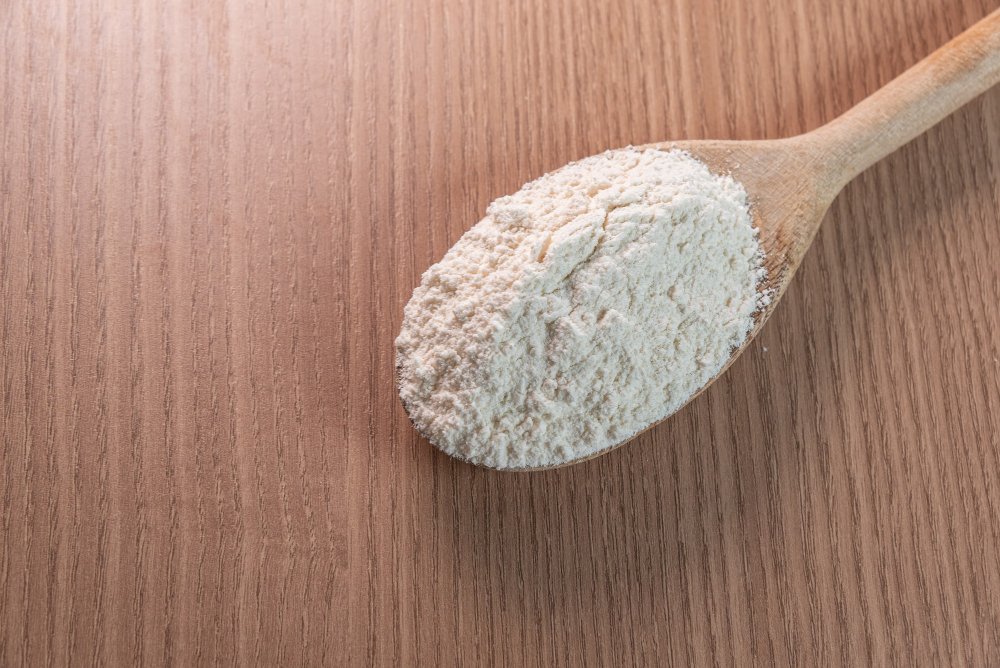
The Catabolic Storm: What Happens During Your Workout
When you’re crushing a leg day, you’re not just “getting a pump.” You are intentionally creating controlled damage in your muscle fibers. This is a catabolic (breaking down) state. Your muscle glycogen stores are plummeting, microscopic tears are forming in the muscle tissue, and your cortisol levels (a primary stress hormone) are rising.
This cortisol spike is a double-edged sword. It helps mobilize energy, but it also promotes muscle breakdown. Furthermore, the physical stress of training can cause a temporary dip in your immune system function, making you more susceptible to catching whatever bug is going around the gym.
This is the battlefield. And this is where L-Glutamine marches in as a key reinforcement.
How L-Glutamine Directly Supports Muscle Recovery: The 5 Key Mechanisms
So, how does this single amino acid help you bounce back faster and stronger? It works through several powerful pathways.
1. Fueling Your Immune System: The First Line of Defense
This might be the most overlooked benefit of glutamine for athletes. Your immune cells, particularly white blood cells called lymphocytes and macrophages, are incredibly hungry for glutamine. They use it as a primary fuel source to multiply and mount a defense against pathogens.
After a brutal workout, the glutamine levels in your blood can drop significantly as it’s shuttled to the damaged muscles. If your immune system doesn’t get enough fuel, it can’t do its job effectively. This is a major reason why overtrained athletes often get sick.
By supplementing with L-Glutamine, especially post-workout, you’re ensuring your immune cells have the fuel they need to stay strong. A healthy athlete is a consistent athlete, and consistency is the number one predictor of long-term progress. You can’t build muscle if you’re stuck at home with a cold.
2. Cell Volumization: The “Anabolic Signal”
Think of your muscle cells like balloons. L-Glutamine plays a key role in pulling water into the muscle cells, a process called cell volumization. This isn’t just about looking “swole” for a few hours after your workout. A hydrated, volumized muscle cell acts as a powerful anabolic (muscle-building) signal.
When the cell swells, it tells the body, “We have plenty of nutrients and space here—it’s time to grow!” This state kickstarts processes like protein synthesis and glycogen storage while slowing down protein breakdown. It’s a fundamental signal that shifts your body from a catabolic to an anabolic state. By promoting cell volumization, glutamine creates an environment that is primed for repair and growth.
3. Enhancing Muscle Glycogen Replenishment
You know that drained, flat feeling after a long workout? That’s partly because you’ve depleted your muscle glycogen—the stored form of carbohydrate that powers your contractions. Restoring these glycogen stores is critical for recovery. If you train again before they’re fully replenished, your performance will suffer, and you’ll increase your risk of hitting a plateau or getting injured.
Research suggests that glutamine can actually help shuttle glucose into the muscle cells to be stored as glycogen. While it’s not a replacement for consuming carbohydrates post-workout, it acts as a valuable helper in the process, ensuring you refuel your muscles more efficiently. This means you’ll feel fresher and have more energy for your next session.
4. Supporting Gut Health: The Foundation of Overall Wellness
You can’t talk about recovery without talking about nutrition, and you can’t talk about nutrition without talking about gut health. The cells lining your intestinal tract have a incredibly high turnover rate and, you guessed it, they use glutamine as their primary fuel.
A healthy gut lining is essential for two main reasons:
- Optimal Nutrient Absorption: A strong, intact gut lining ensures that the protein, carbs, and fats you’re eating are properly broken down and absorbed into your bloodstream to be used for repair.
- Reducing Inflammation: A compromised gut (sometimes called “leaky gut”) can allow undigested food particles and toxins to pass into the bloodstream, triggering widespread inflammation. Systemic inflammation is the enemy of recovery. By supporting the integrity of your gut lining, glutamine helps keep this inflammation in check.
Related Products
-
Anabolic Warfare Project Hulk
$59.99 -
Animal 100% Whey Protein
$52.45 -
Ast Sports MultiPro 32X 100 Tablets
$22.97 -
Beam Dream Sleeping Powder
$85.00
5. The Glutamine-Glutathione Connection: Taming Inflammation
Speaking of inflammation, intense exercise produces free radicals, which cause oxidative stress and damage cells. Your body’s master antioxidant, glutathione, is what mops up these free radicals. The production of glutathione is dependent on—wait for it—glutamine.
By ensuring adequate glutamine levels, you’re supporting your body’s natural ability to produce glutathione, which in turn helps reduce exercise-induced muscle damage and soreness (that lovely DOMS—Delayed Onset Muscle Soreness—we all know so well).
Who Really Needs L-Glutamine Supplementation?
Okay, so it’s powerful stuff. But do you need it? Let’s be real. If you’re a casual gym-goer who hits the treadmill a few times a week, you probably get enough glutamine from a balanced diet rich in protein (it’s found in meat, fish, eggs, dairy, beans, and some vegetables like spinach and cabbage).
However, if you fall into any of these categories, supplementation is something you should seriously consider:
- The High-Volume/High-Intensity Lifter: You’re training 4-6 days a week, pushing heavy weights, and living in the 6-12 rep range. Your body is under constant repair.
- The Endurance Athlete: Long-distance runners, cyclists, and swimmers experience massive glycogen depletion and physical stress. Glutamine can be a huge aid in their recovery protocol.
- Anyone on a Calorie-Restricted Diet: If you’re cutting for a show or trying to lose fat, your body is already in a stressed state. Dietary intake of glutamine may be lower, and muscle breakdown is a greater risk. Supplementing can help preserve hard-earned muscle mass.
- People Feeling Run-Down or Frequently Sick: If you find yourself constantly fighting off minor illnesses, it could be a sign your immune system is struggling to keep up with your training load.
Practical Application: How to Use L-Glutamine Effectively
Alright, you’re sold. How do you actually use this thing? It’s simple.
- Dosage: The research-backed effective dose for athletes typically ranges from 5 grams to 10 grams per serving. I generally recommend my clients start with 5 grams post-workout and see how they feel.
- Timing: The most critical time to take L-Glutamine is immediately after your workout, mixed with your post-workout shake. This is when your body is most depleted and will suck it up like a sponge. Many athletes also benefit from taking another 5-gram dose before bed to support recovery overnight. On non-training days, taking a dose in the morning or before bed is a good strategy to maintain stable levels.
- How to Take It: L-Glutamine powder is flavorless and mixes easily. You can stir it into:
- Your post-workout protein shake
- A glass of water or BCAAs
- Your morning oatmeal
- Important: Don’t mix it into hot beverages, as high heat can degrade the amino acid. Mix it into cool or room-temperature liquids.

Safety and Side Effects: The Bottom Line
L-Glutamine is overwhelmingly recognized as safe by the FDA (Generally Recognized As Safe – GRAS). The human body is already very familiar with it. Some people might experience mild digestive upset with very high doses (think 20+ grams at once), but this is rare. As with any new supplement, start with a lower dose to assess your tolerance.
Integrating L-Glutamine into Your Arsenal
Look, team, supplements are called supplements for a reason. They supplement a solid foundation. No amount of L-Glutamine will fix a bad diet, inconsistent sleep, or high life stress. Your priorities must always be:
- Whole Food Nutrition: Eat enough protein and calories to support your goals.
- Quality Sleep: This is non-negotiable. Aim for 7-9 hours.
- Hydration: Water is involved in every single metabolic process.
- Smart Programming: Don’t train to failure every single day. Program deloads.
But once you have that foundation dialed in, strategic supplementation can provide that extra 5-10% edge. L-Glutamine is one of those tools. It’s not a magic powder, but a scientifically-supported aid that helps manage the physiological stress of intense training, bolster your immune system, and create an optimal environment for muscle repair.
So, the next time you’re grinding through your last set, remember that the work you’re doing now is only half the battle. Prepare for the recovery. Fuel it properly. Give your body the tools it needs to rebuild stronger. That’s how you break through plateaus. That’s how you achieve the transformation you’re working for.
Now, let’s get after it.
– Coach Mike
Disclaimer: I am a certified personal trainer, not a medical doctor. This article is for informational purposes only and is not intended as medical advice. Always consult with a healthcare professional before starting any new supplement regimen.

